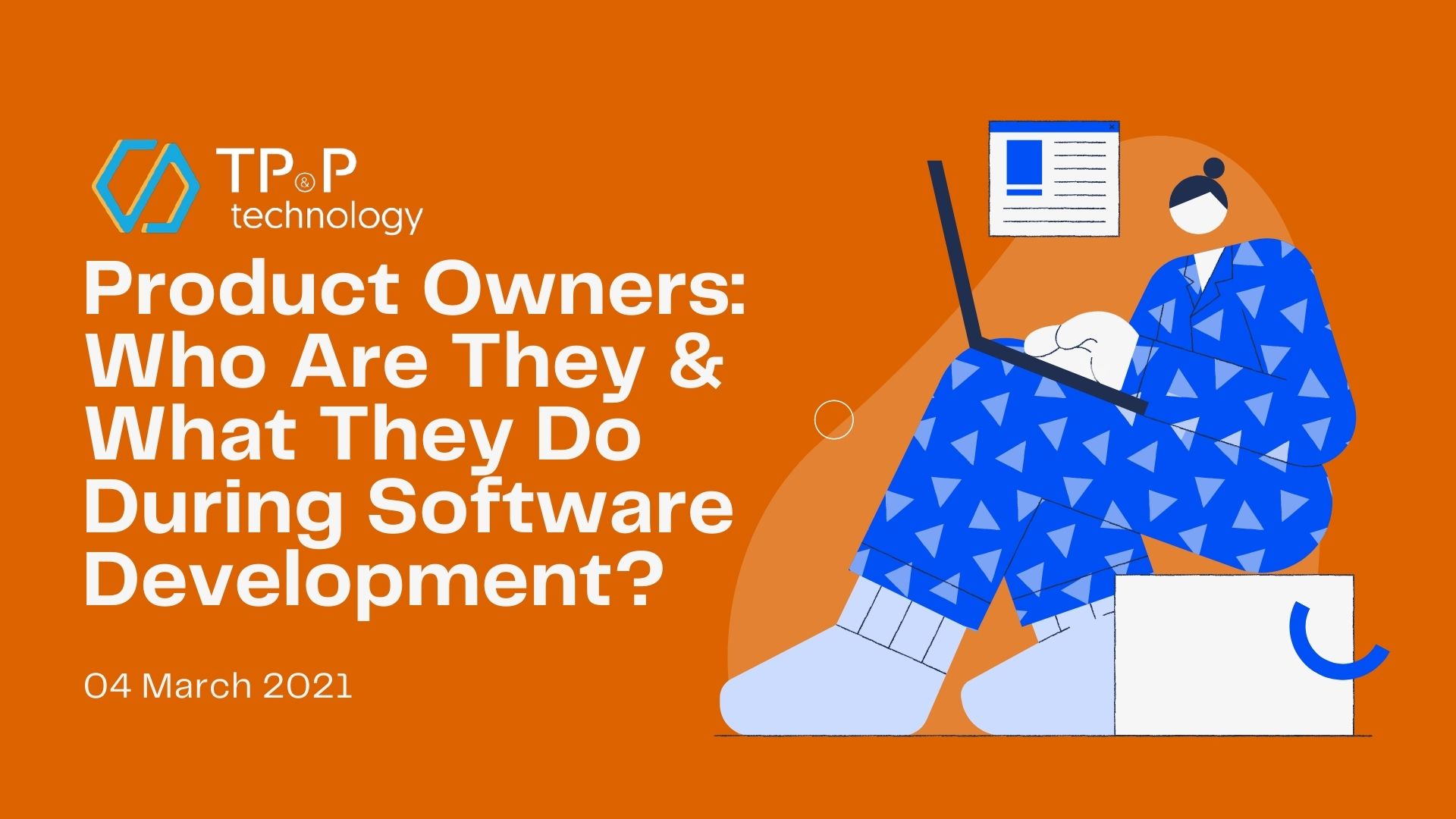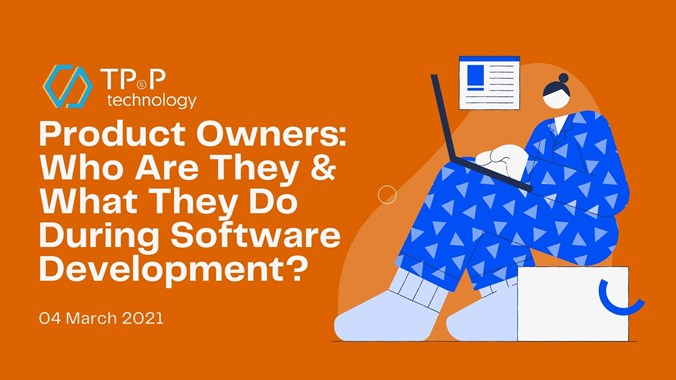
Product Owners: Who Are They & What They Do During Software Development?
If you’re reaching out for software development outsourcing solutions, you’ve probably come across terms like product owner, product manager, business analyst. Assuming that you’ve already had some general ideas about what their responsibilities are. But, by understanding who they are and what they do and distinguishing their roles, you can significantly speed up the initial stages and get into production faster.
Agile software development is a world with its language, philosophy, and methods. But to navigate Scrum, stories, and technical debt. However, an Agile methodology is essential for current development.
Therefore, exploring all concepts, starting with the important notion of each team member’s role, can positively impact the projects and the company as a whole. In this article, we would like to discuss the role of product owners.
Let’s explore this definition together!
Who is the Product Owner?
Traditionally, we usually have a manager who handles the big picture while managing the development team. This was the norm back then since it just makes sense: the person who knows all the pieces in the puzzle should be the one who delegates the collecting and assembling tasks to others.
But this is too much responsibility for one to hold. Therefore, the table has turned, especially when it comes to the project’s vision that will change and evolve as it enters production. When customers start to use the product, the product objectives change, new ideas and necessities arise, leading to change. A product owner is a vital part of Scrum.
So, the product owner, or PO, works directly with the business to justify certain features. The product owner is the voice of the customer since s/he helps provide the product’s vision. S/he doesn’t need to have domain knowledge and doesn’t need to worry about how one product is technically developed.
Instead, s/he is the contact point where product manager/developers gain clarification toward the development and drive decisions.
Product Owner Roles and Responsibilities:
1. The product owner determines the vision.
As mentioned, a product owner’s first and vital responsibility is to determine the development projects’ vision.
The product owner acts as a bridge between the customer and the development team. Sometimes, the product owner is assigned to the client.
Because his/her job is to understand customers’ needs and use these insights to define goals and create a consistent vision for all stakeholders, s/he needs to communicate with all people involved in the project and across the board like customers, business managers, and the development team.
Stealing terms from the Agile approach, when customers communicate their needs, business analysts create an epic where the product owner has to give structure to and divide it into small attainable chunks called user stories.
*Keep in mind that business analysts write user stories; PO’s job is to make sure that user stories happen and exist.
The product owner also owns the product backlog, a checklist with all work needed to get done, and maintain it to keep everyone on the same page. The product owner also owns the product roadmap, a strategic visual summary to highlight the vision and direction for the product development over time.
Because s/he has a high perspective, s/he knows which stories should be worked on, which ones remain the same, and in what order these stories should be tackled. At the same time, the product owners align everyone behind a common goal.
2. The product owner manages the product backlog.
As introduced above, backlog management is the product owner’s job. This is somewhat the development team’s to-do list.
One of the core values of Agile approaches is responding to change rather than following the plan. The default assumption is that all project is unstable; therefore, there is no guarantee that all assumptions we make, all the plan we have mapped out will remain the same. Flexibility is the foundation of Agile development methodologies.
Thus, the backlog is more than just a normal to-do-list. It is a living entity that is continuously growing and adapting as the development process progresses. Consequently, it needs to be maintained and updated with customer feedback for improvement.
For instance, a previously identified low-quality feature might suddenly be needed when customers realize that without it, there will be another problem.
Backlog updated means:
- Creating new user stories to add to the backlog
- Deleting user stories that are considered no longer necessary.
- Re-prioritize the works.
- Rewrite or record user stories as new information becomes available.
Because the backlog is constantly changing, a product owner must ensure that all stakeholders, including clients/customers, the development team, and the project manager.
3. Overseeing the development stages
To gain a full perspective, of course, a product owner must spend time overseeing the development stages, including planning, reviewing, sprint, etc. During the planning phase, the product owner works with stakeholders to identify and organize the next iterative step.
4. Cooperate with customers
Of course, in order to be a customer’s voice, a product owner needed to be the main link between the customer and the business. A good product owner is a good communicator and listener.
Despite the fact that s/he doesn’t need to have domain knowledge (as in coding, software testing, anything technical-related), a product owner should be knowledgeable of their customer’s market. This will allow s/he to have a clear view of how a product should be, be able to predict all potential problems, and explore areas that customers may initially ignore. This will lead to a clear picture of what one business/project’s end goal is. Therefore, research skill is essential.
5. Evaluating the outcome of each iteration
Repetition is at the heart of Agile methods and underpins the motto of “fail fast", fail hard. With each iteration, we create a new product to be evaluated. A product owner can rely on the product’s strengths and weaknesses to define what s/he and the whole team need to do next.
Sometimes, a product owner is referred to as a company’s customer, who checks and evaluates the progress of development before it’s being released. And if the product owner has a good understanding of the epics, s/he will give an accurate assessment.
A product owner can evaluate the project’s current functionality, performance, or aesthetics and determine if the end results match the overall vision. Based on his/her opinion, the development team can continue with the developing process or go back to planning.
This is why many Agile groups consider customers to be their product owners. No one can give a better product’s vision than the one who uses it.
How to work with your product owner
By understanding the role and responsibilities of a product owner, the development process will be sped up, the team will get into production faster. When hiring or outsourcing software development projects that use an agile framework, a product owner is indispensable to drive expected results.
TP&P Technology is a Vietnam software outsourcing company with 16+ years of experience in software development. We provide several custom software development services, software testing & QA services, blockchain development, and DevOps consulting & cloud managed services.
Contact us now to talk to one of our experts!



